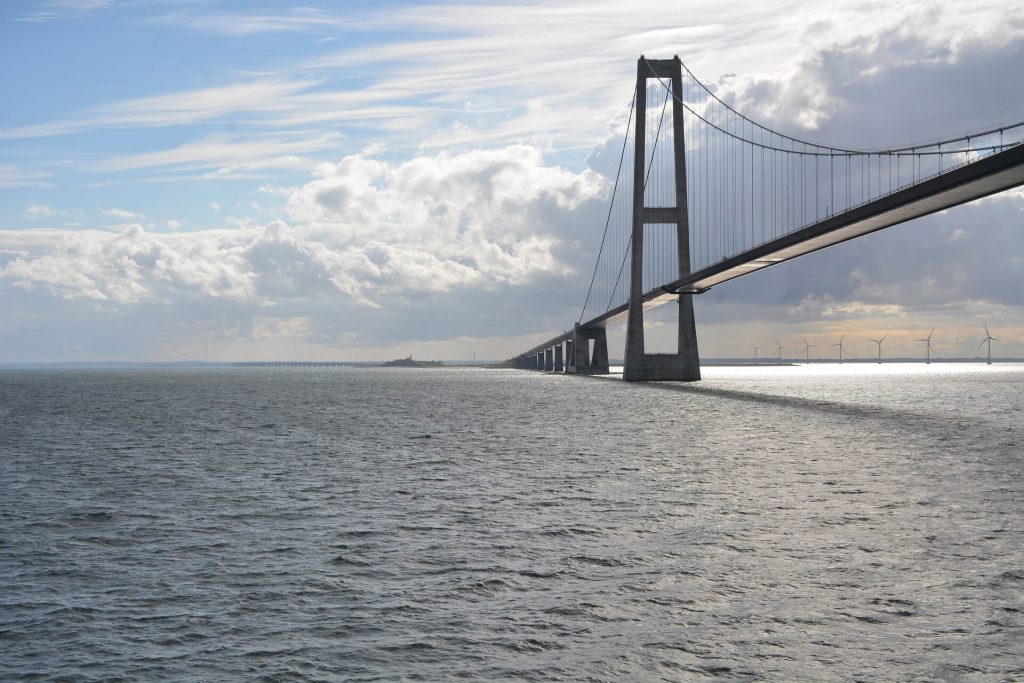The Pulteney Bridge, an arched bridge that spans the River Avon, is one of the most inspiring and beautiful sights in Bath, England. It is one of the few bridges in the world with shops and restaurants on both sides of the span. The Italian style bridge was designed by Scottish architect Robert Adam.
History
The Pulteney Bridge, an arched bridge that spans the River Avon, is one of the most inspiring and beautiful sights in Bath, England. It is one of the few bridges in the world with shops and restaurants on both sides of the span. The Italian style bridge was designed by Scottish architect Robert Adam.
In 1767, Francis Pultney became the heiress of the ordinary village of Bathwick. The village is separated from the city of Bath by the river Avon. Francis’ husband, Sir William Johnston Pulteney (October 1729 – May 1805), was an eminent Scottish lawyer, Member of Parliament, and at one time the richest man in Britain. He began making plans to develop his wife’s estate. In those days, small ferries were used to cross the river. William Pultney saw the need for a bridge to link the village of Bazwick with the city of Bath.
In February 1768, he convenes in the city council of Bath on the construction of a bridge. Initially, William envisions building a simple, functional bridge designed by a local architect.
To select the type of bridge, William Pulteney consulted with the then most famous Scottish architect Robert Adam (July 3, 1728 – March 3, 1792), whose work stands out for its artistic quality and sophistication, they are admired throughout Britain. Adam’s influence on William Pulteney in choosing the type of bridge was great.
Robert Adam visits Italy where he could see Ponte Vecchio in Florence and Ponte di Rialto in Venice. The work of the Italian architect Andrea Palladio in the model of the Ponte di Rialto has a direct influence on Adam’s project in the creation of the Pultney Bridge.
Adam’s project involved the construction of eleven small shops on each side of the bridge, which caused confusion in the city of Bath. England had bridges of medieval origin, but in the 18th century they were seen as a means to cross obstacles.
William Pulteney remained adamant in his decision. He may have assumed the prospect of making a profit from the payment of rent by the shops that were located on the bridge.
The construction of the bridge began in 1769 and was completed by the end of 1773.
The Pulteney Bridge, designed by Robert Adam, stood for less than 20 years. On March 26, 1792, less than a month after Adam’s death, changes were made to enlarge the shops, which marred the bridge’s elegant façade. In addition to this, a natural disaster in September 1799 blew off the north side of the bridge after a flood, and a storm in November 1800 seriously raised the issue of dismantling the entire structure and building a new single-span bridge. In subsequent years, the Pultney Bridge continued to change.
In January 1936, the bridge was listed as a national monument, with plans to restore its original façade. Restoration work was completed in 1951 in time for the UK festival.
Restoration works in 1951, 1975 failed to restore the Pultney Bridge to its original form, but they restored the bridge to its nobility and dignity.
Pulteney Bridge is one of the most attractive buildings in the city of Bath, which is known for its Georgian architecture.



